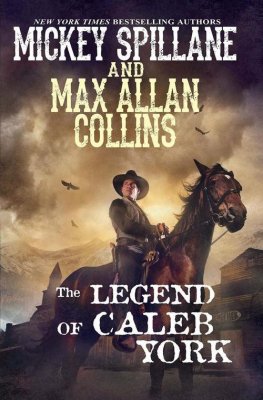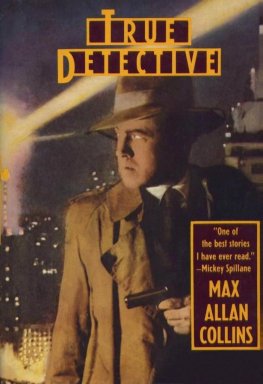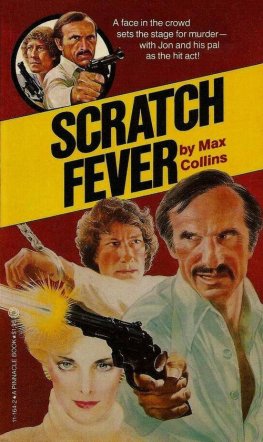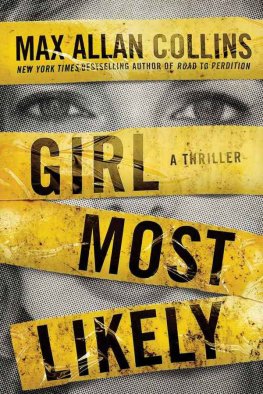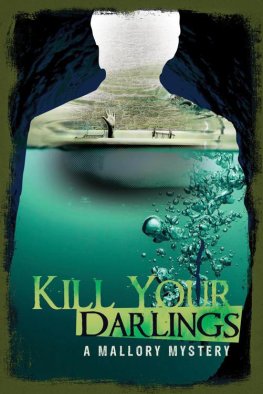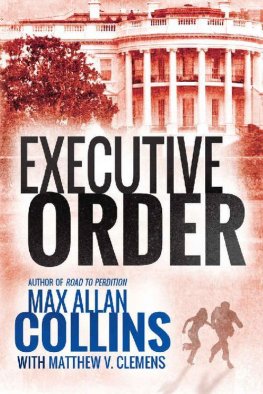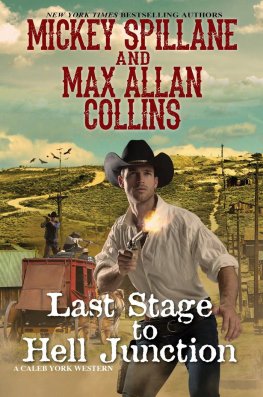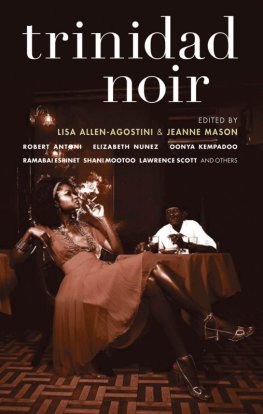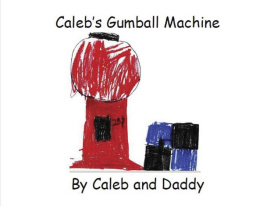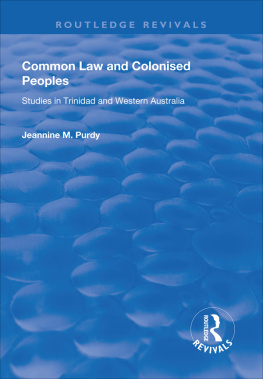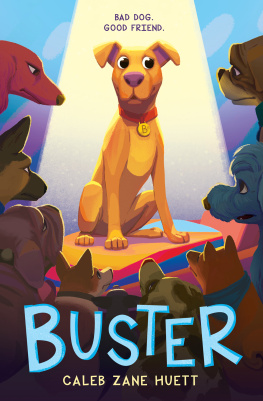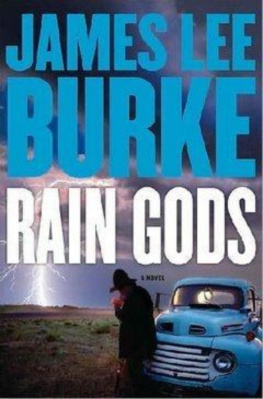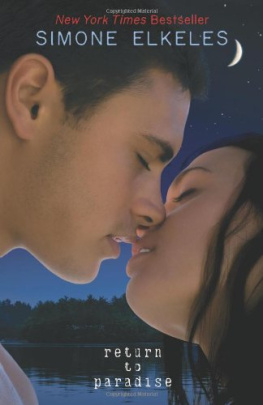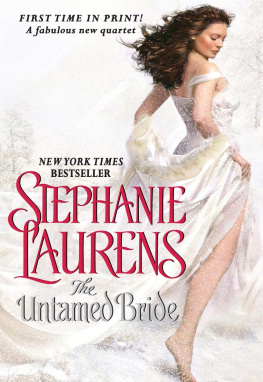Mickey Spillane and Max Allan Collins
The Legend of Caleb York
For Bill Crider
best of the West
Heroes never die. John Wayne isnt dead. You cant kill a hero.
Mickey Spillane
How the Legend of Caleb York Began
An introductory note from the co-author
Its been my honor and pleasure, over the past several years, to complete a number of suspense novels begun by Mickey Spillane, the most famous and popular American mystery novelist of the twentieth century.
I began, as so many did, as Mickeys fan. Over the years, as I became a professional fiction writer myself, we became friends and at times collaborators. Shortly before his death in 2006, Mickey asked me to complete the Mike Hammer novel he was working on (The Goliath Bone, 2008), should he not be able to. Around the same time, he instructed his wife Jane to conduct a treasure hunt after his passing, and to gather any other unpublished material of his and turn it over to me Max will know what to do. I can imagine no greater honor.
After completing The Goliath Bone, my first order of business was five novels featuring Mickeys signature character, tough detective Mike Hammer, that Mickey had set aside, as well as two other non-Hammer suspense novels. These were substantial manuscripts of one hundred pages or more, often with plot and character notes. Currently I am developing Hammer novels from shorter but still significant unfinished works in Mickeys files.
In addition to these stories-in-progress were several unproduced screenplays by Mickey, with the potential to become novels. One of these was of particular interest The Saga of Caleb York, a Western that he developed for John Wayne.
Mickey and the Duke (and Mickey knew him well enough to call him that) were great friends. Wayne cast Mickey as a detective version of his superstar mystery-writer self in the 1954 film Ring of Fear. Backing Mickey up in Ring of Fear were legendary character actor Pat OBrien, John Ford stock-company player Sean McClory, lion tamer Clyde Beatty (whose circus provided the setting), and lovely Marian Carr, who would go on to co-star in director Robert Aldrichs celebrated Mike Hammer adaptation, Kiss Me Deadly (1955).
Wayne himself did not appear in Ring of Fear, producing it (with Robert Fellows) for his Batjac company, which was responsible for such Wayne-starring classics as Island in the Sky (1953) and The High and the Mighty (1954).
Problems during the filming of Ring of Fear led Wayne to ask Mickey to do a rewrite on a screenplay by other hands (Paul Fix, Philip MacDonald, and director James Edward Grant). The Duke, fearful that the CinemaScope picture was turning into a circus documentary, wanted Mike Hammers daddy to tighten the story and provide new, more suspenseful scenes. Mickey did, but refused payment (and co-writer screen credit). By way of thanks, Wayne had a brand-new Jaguar dropped off in front of Spillanes home in Newburgh, New York, the white convertible tied in a big ribbon with a card reading, Thanks Duke.
Now and then, Wayne would bring Mickey in to view rough cuts of films to provide notes. Mick recalled sitting with famed director William Wellman in one such Hollywood screening, specifically of Waynes money-pit pet project, The Alamo (1960). When the lights came up, Mickeys suggestion to Duke was change the ending. Astonished, Wayne who played Davy Crockett in the picture said, Mickey, we cant change the ending! Its the Alamo. Mickeys response was: Nobody wants to pay two dollars to watch a bunch of Mexicans kill John Wayne.
However un-PC Mickeys critique might be, he had a point. The disappointing returns on the Wayne-directed Alamo were the downfall of the actors Batjac production company. Wayne embarked on a succession of highly successful pictures (starting with North to Alaska that same year), but for producers other than himself.
Which is why the screenplay Mickey wrote for Wayne and Batjac was never produced (apparently, no money ever changed hands). Written around 1959, the screenplay finds the famous mystery writer drawing upon the Print the legend West of John Ford and Howard Hawks (set in fictional Trinidad, New Mexico, in the early 1880s). Its easy to imagine rolling into a movie theater in the late fifties or early sixties and seeing Caleb Yorks saga unfold.
You are free to picture John Wayne as the stranger who rides into town, though thats hardly a requirement at Batjac, Wayne produced films starring Glenn Ford, Robert Mitchum, and, of course, Mickey Spillane. The great Batjac production Seven Men From Now (1956) represented a Burt Kennedy script Wayne sent to Randolph Scott, initiating the much-admired series of Scott Westerns directed by Budd Boetticher (several others of which were also written by Kennedy).
Cast the hero here as you like, in the movie theater of your mind. Both Wayne and Scott would work fine. But who knows? Maybe Batjac would have hired Ford or Mitchum, or perhaps Joel McCrea or Audie Murphy. Remember, there are no budgetary concerns for the reader. Nor does the passage of time prevent you from casting this as you like Maverick-era James Garner? No problem. Sam Elliott? Good choice. Gary Cooper? You can afford him, too. Both Clint Eastwood and Lee Van Cleef are available in the Bijou of the brain. So is an idealized version of yourself, which was how Mickey always wanted readers to envision Mike Hammer.
So Ill leave you with Mickeys words, which he often inscribed in books he signed to fans he described as his customers: Have fun!
Max Allan Collins
Everybody called it Boot Hill, but there was no hill about it not even a rise on the flat, dusty ground just off the rutted road half a mile out of Trinidad, New Mexico.
The spot had been chosen because of a resilient mesquite tree that provided some color and shade, but this scrubby patch of earth otherwise had nothing to recommend it. For serving a town of less than three hundred, this was a well-populated cemetery, wooden crosses clustered with the occasional flat tombstones popping up like road markers. On this April morning, a breeze flapped hat brims and bandanas into flags and stirred dust into foot-hugging ghosts. Like diffident mourners, distant buttes lurked, turned a light rust color by a sun still on the rise, faces of their steep cliffs sorrowful with the dark shadows of erosion.
Willa Cullen, her fathers only daughter only offspring by rights should have worn a Sunday dress, its hem weighted down with sewn-in buckshot to fight the wind. But she was in a red-plaid shirt and denim trousers and boots with stirrup-friendly heels, the kind of work clothes worn by the handful of her papas ranch hands that could be spared to attend the small, sad graveside service for Bud Meadow.
Reverend Caldwell from Trinidads church, Missionary Baptist, presided over this congregation of half-a-dozen cowhands, their boss, his daughter, and a dead boy in a pine box in its fresh hole. No townsfolk were present.
No surprise, really. Nobody knew Bud very well. Hed drifted in looking for work, Papa had given it to him, and come first pay, end of the month, Bud had gotten himself shot outside the Victory Saloon.
Trinidad had a reputation for looking the other way when cowhands came in on those particular Friday nights. It became routine for any business save the Victory, the two restaurants, and the barbershop to board up their windows till the boys got it out of their systems. In front, the affected businesses just stacked the lumber up under the windows along the boardwalks.
But Bud had mouthed off to the sheriff, and the sheriff had shot him down in the street. Funny how only the Cullen cowhands seemed to wind up that way half a dozen were already buried here on Boot Hill. Now among them was a Meadow, planted but never to blossom.

